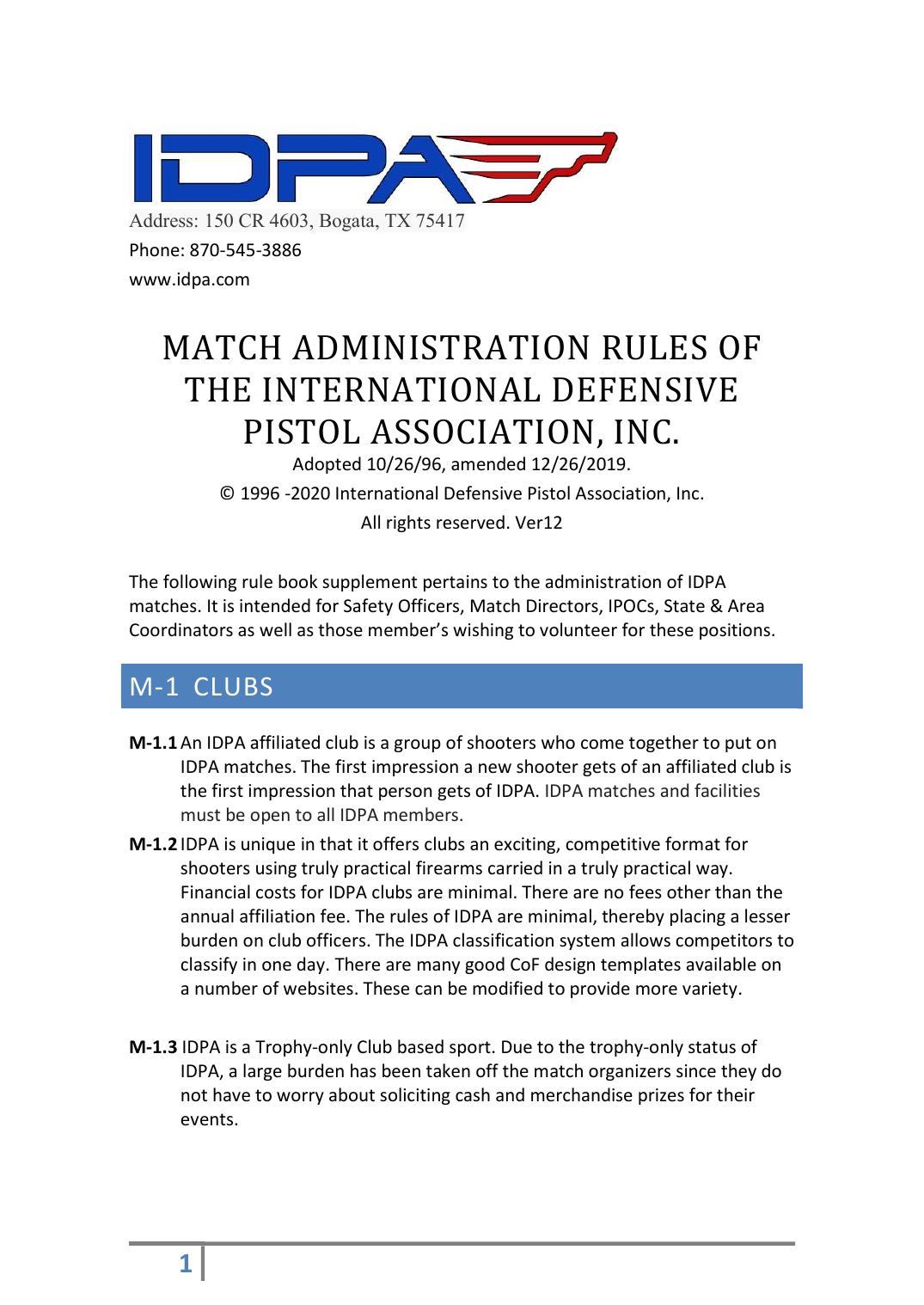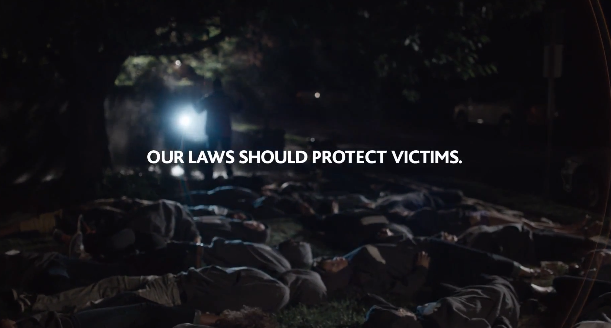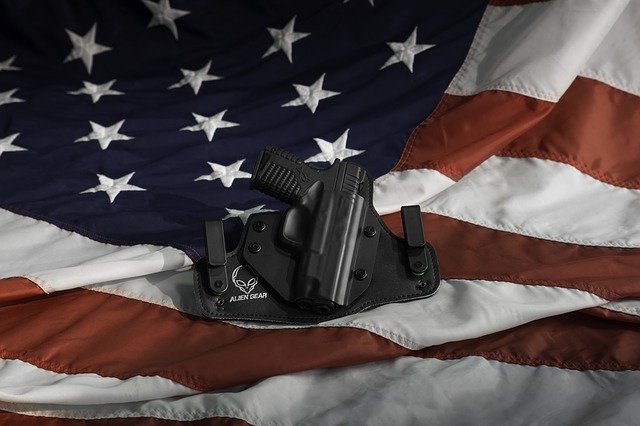
To ensure your safety while hunting, you must follow the NRA safety regulations. These rules cover a number of important aspects, including: keeping your finger off the trigger, unloading a loaded firearm, and identifying your target. Below are some safety tips that you should remember. These safety rules must be observed when you are in the field. They will help to prevent many accidental injuries, and will make you a safer hunter/shooter.
Don't touch the trigger!
To shoot safely, keep your finger from the trigger. You'll be less likely to accidentally pull the trigger, or pull it back when you're not ready. This is especially true if you are using a firearm to defend yourself. Our adrenaline can sometimes cause our fingers to pull back on triggers, making it difficult to fire.
The first rule of gun safety is to keep your gun's muzzle pointed away from your face. Risky is shooting at flat objects or water. It is safer to shoot in the downrange direction. Your common sense will determine which direction is safest. Moreover, when cleaning your gun, keep your finger off the trigger. This will prevent accidental discharge. These rules should be strictly followed!

Unloading a loaded firearm
Unloading a loaded firearm is an essential part of gun safety. Unloaded guns can cause confusion among people who live near them. People will assume that the gun is loaded and will react in an unsafe manner. Unloaded guns can be accidentally shot, which could lead to a tragedy. Safety should be a top priority when unloading firearms. NRA safety rules regarding loading firearms can help to protect your family members and friends.
NRA safety rules govern the loading of sabotaged weapons. These rules are different for different guns. Long guns and handguns, for instance, have the same swing-out cylindrical. On the other hand, revolvers have a fixed cylindrical. Unloading revolvers involves moving the cartridges through a loading portal using a pushrod under the barrel. Don't forget to half-cock the gun before you remove the magazine.
The gun should be pointed in a safe direction.
Always aim a firearm in a safe direction when aiming it. It's not perfect but it's safer than nothing. Pointing the muzzle of the gun at yourself or someone else can cause injury or damage if it goes off-target. The safest direction to aim the gun is towards the ground. If you are in an emergency situation, aim the gun downwards or towards the ground. Avoid hitting bookshelves, or any other hard surface.
There are many safety rules that the NRA has regarding firearms. These safety rules concern handling, cleaning and storing firearms. These articles will help you to understand the rules. They'll give you additional tips to ensure gun safety. This will ensure that you are better prepared to shoot. However, it's important to remember that gun safety is ultimately your responsibility.

Identify your target
Be sure to identify your target before you start shooting. It is possible to accidentally shoot at someone or an object, but the target can be a person or an object. The best way to avoid this is to identify your target and know what lies behind it. You should also avoid shooting at targets where there might be others. If you are in danger, it is important to remove all unfired ammunition from the target before you shoot.
You must first understand where the fireworks are going to be fired if you want to shoot them. Avoid aiming your gun at you, as it can lead to injury or death. A backstop is a great idea, as it allows you to catch any bullets that miss the target. A backstop should be large enough to catch a bullet even if it misses the target.
FAQ
How many Americans rely on hunting?
There are more than 300,000,000 hunters in America. This means that hunters are twice as numerous as those who live in New York City.
Hunting is an American pastime that dates back centuries. Today, however, hunting for sport is less popular than ever. The U.S. Fish & Wildlife Service (FWS), only 2 percent of the population hunts regularly. Even lower is the number of young adults who hunt regularly.
Hunting is still popular among older generations, even though it may seem old-fashioned. According to a recent survey, 68 percent of boomers intend to hunt again after they retire. Hunting is a way for them to connect with the natural world and enjoy the outdoors.
For younger generations hunting is not necessarily a priority. According to the National Shooting Sports Foundation only 18% of millennials consider themselves avid hunters.
FWS is committed to ensuring that America's wild areas remain accessible for all.
In 2014, the agency started the "Wild Lands” initiative to raise awareness about the importance of public lands. Its goal is to raise awareness about the importance these areas have and to encourage people to go to them.
Conservation efforts are encouraged through Wild Lands. FWS and National Rifle Association have partnered to create Project Gunter, a youth shooting sport program. This program teaches kids how firearms can be safely handled and helps them to develop skills such safety and marksmanship.
Project Gunter now includes women and minorities. The result is that more children learn how to shoot guns, and are active participants in wildlife conservation.
How many people rifle hunt in the US?
It is estimated that around 2 million hunters hunt with rifles each year.
Most hunters are men, aged between 18 and 55, and come from rural areas.
They hunt solo, often using either a crossbow and a bow.
The most popular hunter is whitetail deer (68%), followed by mule and black deer (13%) and bears (10%)
Although there are no data from a national level on the number of women who hunt, it is evident that female hunters are participating in greater numbers.
Where is hunting most popular in the US?
Hunting is most popular among the Midwesters, who are used to living off the land.
Because many Northeastern people were raised hunting, hunting is very popular.
These states are home to hunters from across the country who come to hunt big game animals.
Hunting isn't as common in other areas of the country, which makes it less likely for them to support hunters.
Statistics
- Less than 1% of Hawaii's population has a hunting license. (stacker.com)
- Licenses dropped from a peak of roughly 17 million in the 1980s to 15 million in 2019, according to The Seattle Times. (stacker.com)
- - Percent of residents with paid hunting licenses: 0.7%- (stacker.com)
- In less than 20 years, Rhode Island saw a 40% drop in the number of hunting licenses for residents, according to The Valley Breeze. (stacker.com)
External Links
How To
How to make a Deer Blind
A deer blind is an example of a hunting device that hides game animals such deer, elk and others. It is usually made from wood or canvas and covered with branches or leaves. The hunter will hide inside the enclosure while he waits for his animal to pass. A deer blind is often used when hunting at night.
You can find deer blinds in many sizes and shapes. Some are portable, while others are permanently fixed. They are constructed of materials such as plywood and cardboard.
The most common type of deer blinds is box blinds (also known as box stands). These blinds consist of a box made of wood with walls and a roof. Boxes are very popular because they are easy to construct and transport.
A tree stand is another form of deer blind. Tree stands are designed to look natural so that no one would suspect they were there. Most tree stands are permanently fixed to trees.
Ground blinds can also be used, which are very similar to tree stands, but are built into the ground. Ground blinds are usually camouflaged in dirt, rocks or sand. Ground blinds may also be known as "ground boxes"
There are many different ways you can hunt in a deer blind. One way is to sit still and wait for the animal to approach. Another way is to move around and try to scare the animal away. If you decide to use this method, be sure to keep your distance and not move too fast. This could lead the animal to think you're a predator and run off.
The first step in using a deer-blind is to choose a location. Choose a spot that isn't likely to blow your scent towards animals. Also, avoid areas where people hike frequently.
Also, ensure you understand how to set up a deer blind. The last thing you want is for the animal see you and run.